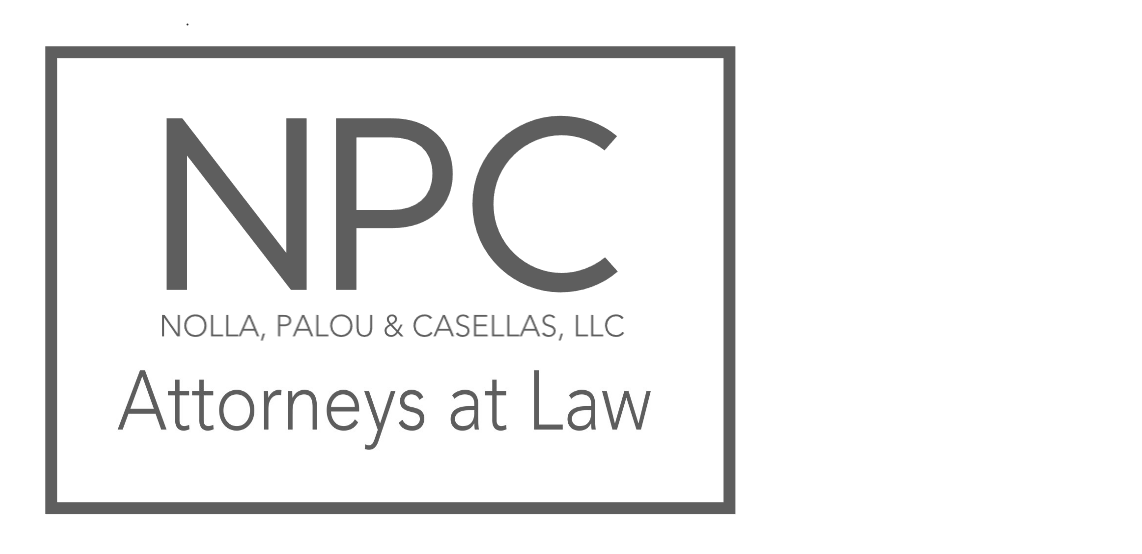We wanted to share important details on new paid and unpaid leaves of absence for employers with fewer than 500 employees.
Legislative Update
A new “Public Health Emergency Leave” was enacted through the Emergency Family and Medical Leave Expansion Act.
It is a temporary expansion of Family and Medical Leave Act from the date it takes effect, April 2nd, 2020, and ending on December 31, 2020.
It contains new unpaid and paid leaves under the FMLA related to a public health emergency with new definitions of eligible employees and for covered employers for such purpose:
““Eligible employee” is who has been employed for at least 30 calendar days”; rather than who has met the 1250 hours of work during the last 12-month period requirement under the current FMLA.
A covered “employer” is any person engaged in commerce or in any industry or activity affecting commerce with fewer than 500 employees.
An employer of an employee who is a health care provider or an emergency responder may elect to exclude such employee from the application of this Public Health Emergency Leave.
The Secretary of Labor may also issue regulations to exclude certain health care providers and emergency responders from the definition of eligible employee; and to exempt small businesses with fewer than 50 employees when, otherwise, it would jeopardize the viability of the business as a going concern.
This leave is for when the employee is unable to work (or telework) due to a need for leave to care for the son or daughter under 18 years of age if the school or place of care has been closed, or the paid child care provider of such son or daughter is unavailable, due to a public health emergency.
This Public Health Emergency Leave is an additional covered reason to enjoy leave within the existing 12 weeks of unpaid leave under the FMLA in that regard it doesn’t expand the FMLA entitlement.
For the first 10 days of leave, the employee can elect to take it as unpaid leave, or the employee could choose to substitute any accrued vacation, personal or sick leave (including in certain instances the Emergency Paid Sick Leave described below).
After an initial 10 days of unpaid leave, the employer would be required to provide paid leave for the remaining FMLA balance available based on not less than two-thirds (2/3) of an employee’s regular rate of pay and the number of hours the employee would be normally scheduled to work.
The amount of the paid leave is capped, per employee, to no more than $200 per day or $10,000 in the aggregate.
Right to reinstatement.
Employers with fewer than 25 employees do not have to reinstate an employee if they are experiencing significant economic hardship, and the position doesn’t exist, and the employer makes reasonable efforts to restore the employee to a position equivalent to the position the employee held when the leave commenced, with equivalent employment benefits, pay, and other terms and conditions of employment within a year the leave commences or the public health emergency concludes.
Employers with 25 or more employees would be required to reinstate employees after their Public Health Emergency Leave period ends.
Emergency Paid Sick Leave Act
A new Emergency Paid Sick Leave Act was enacted wherein a covered employer shall provide to each employee paid sick time of up to 80 hours for full time employees, at the FLSA regular rate, and in accordance to the number of hours worked in average over two weeks for part time employees, to the extent that the employee is unable to work (or telework) due to a need for leave because of the COVID-19 related reasons:
A Federal, State, or local quarantine or isolation order.
Advise by a health care provider to self-quarantine.
Experiencing symptoms and seeking a medical diagnosis.
Caring for an individual who is subject to an quarantine or isolation order or has been advised to self-quarantine.
Caring for his/her son or daughter if the school or place of care has been closed, or the paid childcare provider is unavailable.
The employee is experiencing any other substantially similar condition specified by the Secretary of Health and Human Services in consultation with the Secretary of the Treasury and the Secretary of Labor.
In no event shall such paid sick leave exceed:
$511 per day and $5,110 in the aggregate for a use described in the first three paragraphs above; and
$200 per day and $2,000 in the aggregate for a use described in the last three paragraphs above.
The term “covered employer” means any person engaged in commerce or in any industry or activity affecting commerce that—in the case of a private entity or individual, employs fewer than 500 employees; and in the case of a public agency or any other entity that is not a private entity or individual, employs 1 or more employees.
An employer of a health care provider or an emergency responder may elect to exclude such employee from this Emergency Paid Sick Leave.
The paid sick time under this Act shall be available for immediate use regardless of how long the employee has been employed by an employer.
Employers are prohibited from and may not require, as a condition of providing paid sick time under this Act, that the employee involved search for or find a replacement employee to cover the hours during which the employee is using paid sick time.
Sequencing. An employee may first use such paid sick time for the purposes described. While employers are prohibited from and may not require an employee to use other paid leave provided by the employer to the employee before the employee uses the paid sick time under the Act.
Paid sick time provided to an employee under this Act shall cease beginning with the employee’s next scheduled work shift immediately following the termination of the need for paid sick time under the Act.
Each employer shall post and keep posted, in conspicuous places on the premises of the employer where notices to employees are customarily posted, a notice, to be prepared or approved by the Secretary of Labor, of the requirements described in this Act.
The Act specifies as a “Rules Of Construction” that “Nothing in this Act shall be construed– “to require financial or other reimbursement to an employee from an employer upon the employee’s termination, resignation, retirement, or other separation from employment for paid sick time under this Act that has not been used by such employee.”
Taxation of leave wages.
Any wages paid by reason of the Emergency Paid Sick Leave Act and the Emergency Family and Medical Leave Expansion Act shall not be considered wages for purposes of the Federal Insurance Contribution Act (“FICA”), among others.
Tax Credits for paid leaves.
The Act provides for tax credits by the Internal Revenue Service for paid sick and paid family and medical leave in the private sector. It includes a provision for the Secretary of the Treasury (or the Secretary’s delegate) to pay to each possession of the United States for certain benefits taken under the Emergency Paid Sick Leave Act.
If you have any questions or wish additional information regarding this matter, please contact any of the attorneys of NOLLA, PALOU & CASELLAS, LLC.
This communication is for informational purposes only. It is not intended as, and does not constitute, either, legal advice or solicitation, of any prospective client.
This communication is intended, merely, as another tool to keep the business community, our clients and friends informed as to breaking legal developments.
An attorney-client relationship with NOLLA, PALOU & CASELLAS, LLC cannot be established by reading or responding to this information; such a relationship may be formed only by a specific and explicit agreement with NOLLA, PALOU & CASELLAS, LLC







